What To Do When Snake Plant Gets Too Tall?
Snake plants are loved for their hardiness and unique leaf structure. They are one of the most beginner-friendly plants and can tolerate much neglect. However, one problem that snake plant owners go through commonly is their snake plants getting too tall and not looking good.
If your snake plant is too tall, you must prune the overgrown leaves and check why the plant is growing too tall. If it is not getting light on all sides, you must rotate it, so no part grows too tall. If you add too much fertilizer, you must cut it down to prevent the plant from growing too tall.
In this article, I will discuss the various reasons that tend to make your snake plant tall and solutions to prevent and tackle this problem. So, keep reading.
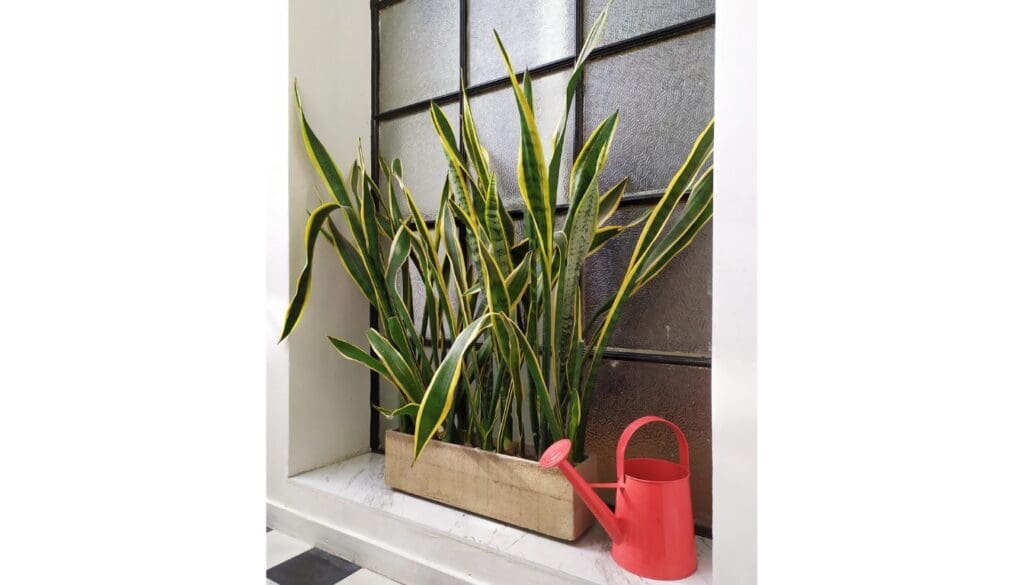
Please note: Simplify Plants is reader-supported. Some links in the post are affiliate links and I get a commission from purchases made through links in the post.
Why is my snake plant getting too tall?
Snake plants go straight from the soil vertically towards the sky with stiff leaves.
This gives them a straight, tall look.
Various unsuitable growing conditions make them grow excessively tall.
So we will discuss the problems that make these plants grow tall, which ruins their aesthetic.
1. Lack of sufficient sunlight
Snake plants grow extremely tall because they don’t get the required sunlight.
This problem mostly occurs in indoor conditions, when the amount of natural sunlight is much lower, and the plant does not get enough light that it requires.
When the plant does not get enough light, it tries to search for light by growing taller.
The leaves begin to narrow and stretch towards the light source to receive more light, making them bend and narrow and ruining their visual appeal.
2. Suitable growing conditions
Your snake plant growing very tall is often a sign that it tells you it is in a happy space.
When the plant gets sufficient light, correct watering, and the right food and nutrients, it responds by growing vigorously.
3. Overfertilization

Fertilizing is an important part of plant care, which is often ignored but is very important if you want your plants to grow the best.
When added to plants in the right proportion, fertilizers are very good for plants but can harm them if done wrong.
Snake plants do not require a lot of heavy fertilization, but over-fertilizing can accelerate their growth and make them grow very leggy.
How to fix a tall snake plant?
You can tackle your tall snake plant in different ways, which I will explain below.
1. Prune the overgrown leaves
The good news for snake plant owners who want to keep their plants small is that these plants are slow growers.
So unlike many other plants, snake plants do not grow too fast and hence do not require frequent pruning.
Pruning is the most common and easy way to tackle overgrown lanky plants.
Pruning has several benefits for plants, so it should be done whenever needed.
Pruning not just helps to get rid of the skinny parts, but it also helps to remove the dead and sick parts that stay attached to the plants unnecessarily.
Pruning also stimulates the growth hormone of plants, making them bushier and producing newer, healthier growth.
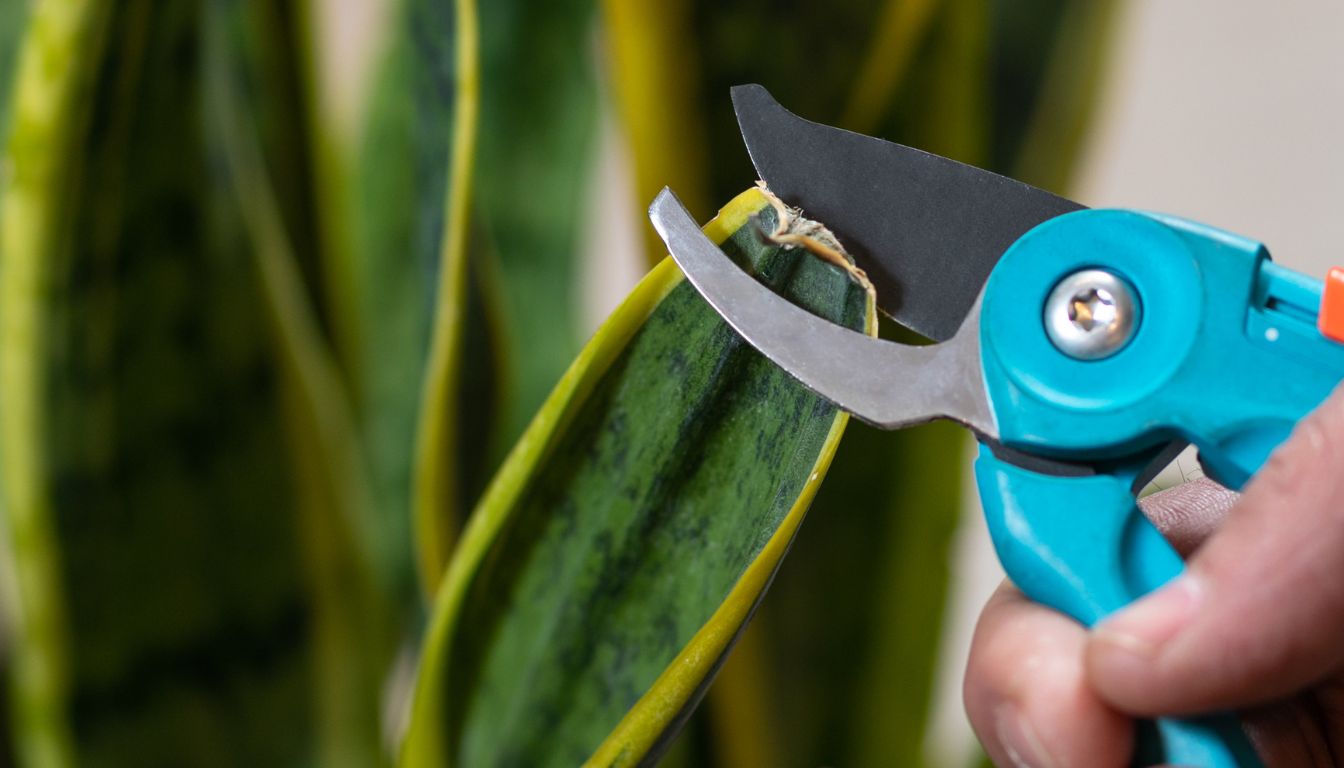
Here are the tools you need before starting to prune your snake plant:
- Sharp pruning shears: Before you begin the act of pruning, you must get a pair of sharp pruning shears with you. Remember, it needs to be sharp because the cuts you make on your plant must be sharp and precise. Blunt shears can injure your plant by crushing the ends, which makes it more susceptible to pests and bugs.
- Sterilize the shears: Before using them on your plant, ensure they are clean and sterilized. This is because you risk infecting your plants if they are contaminated or unclean. To sterilize the shears, dip a cotton pad in isopropyl alcohol and rub it all over your shears well. Let the mixture marinate the blades for a few minutes, then use it on your plant.
- Gloves: Ensure that your skin is well protected before beginning to prune, as the sap from the plant may irritate your skin.
- A clean surface: Clean a bench or a countertop before you need a flat empty surface to carry on the task properly.
Now that you are all set, let us now start pruning.
Carefully examine the plant all over.
Before you start cutting the plant, you should check the plant carefully.
Look out which areas seem leggy and which points you want to remove.
Imagine the places you want to get rid of before you begin.
When it comes to snake plants, many plant owners rune the top of the leaves, which are yellow and dead, but it is not recommended.
When you cut the dead edges to get rid of them, the point that you trim, yellowing start to occur from there.
Also, the flat blunt edges do not look aesthetically pleasing.
Instead, you should cut the tallest leaves as close to the soil as you can.
2. Fix the lighting conditions

Though pruning is one of the solutions to get your snake plant back in shape, fixing the lighting conditions is very important as it is one of the most common reasons behind tall and leggy plants.
If you think the plant has been getting too much sunlight, making it grow vigorously, move it to some shade.
If the plant gets lesser sunlight, then its growth will slow down.
However, do not put it in a completely dark room.
Insufficient sunlight makes the leaves of snake plant narrow and leggy as it stretches toward the light.
Light is the most important natural element required for plants and water to perform their daily activities.
So if your snake plant is kept at a spot where it does not receive sufficient light, then you should move it to an area where it gets more light.
South-facing windows or balconies are ideal for this plant as they get 3-4 hours of bright light.
3. Rotate the plant
Phototropism is the process in which plants naturally grow onward from the source from where light comes so that they can get the maximum light to make their food.
The auxin molecules of the snake plant gather at the side that receives lesser light making it stretchier this is why plants look like they are bending toward the light source.
Rotating your indoor plants every week is recommended, so all sides receive even lighting, and the plant does not bend on one side.
Do not keep this plant in a dimly lit room.
Snake plants do best in indirect bright sunlight, so ensure it gets that.
4. Cut down fertilization
Potted snake plants are fertilized periodically to provide them with supplementary nutrients.
But if you fertilize them too often, your plants can be burnt or exposed to too many nutrients, which can cause overgrowth in the plant.
Too much fertilizer, especially nitrogen-rich fertilizers, can also make your plant grow tall, so you can reduce feeding the plant.
If you reduce fertilizing the plant, then its growth will slow down.
Do not fertilize your snake plant more than once a month in the growing season; restrain from fertilizing in the winter.
5. Prune the roots

A highly effective way to restrict the growth of snake plants is by pruning the roots.
This reduces the plant’s ability to grow unhindered and sends the plant into minor shock.
But it overcomes the shock over time, and new growth begins again.
But you should be careful not to be too harsh with the pruning and only remove the unwanted growth.
The best time to prune is spring, when the plant is most active and can quickly overcome stress.
Here is how to should prune the roots:
- Take out the snake plant carefully from its existing pot. Be careful to be gentle and not harm the plant.
- Once you have taken the snake plant out of its pot, clean the roots and clear the soil from them.
- Take a sharp, sterilized pruning shear and snip off the outermost end of the root ball. Try to prune the thinner threads of roots, leaving the thicker roots as they are more important, so it is best not to disturb them.
- Then replant it in the pot with a fresh soil mix, preferably as the old potting mix begins to lose its fertility over time.
6. Divide your snake plant

A very good way to reduce the growth of an overgrown snake plant is by dividing the plant.
Separate the baby plants from the mother plant, cutting them at the base.
You can even take the pruned parts of the leaves and propagate them to get new snake plants.
Final thoughts

Snake plants are gorgeous hardy plants that flourish with little care. Overgrowth and negligence can make them grow skinny and tall. Ensure they get sufficient care and the right growing conditions to keep them healthy.
By following the above tips, your snake plant may grow bushy and healthy, and no matter how hard it is, do not forget to give it some basic love and care.
Can you trim the top of the snake plant leaves?
You can prune off the top ends of the leaves, but it is not recommended because it ruins the beauty of the snake plant, and the dry edges which you prune off the start become more yellow.
Why is my snake plant getting leggy?
The snake plant can get leggy for multiple reasons, among which lack of sunlight or too much fertilization are the most common factors.
Why is my snake plant bending at one side?
Snake plants bend in the direction of the sunlight, so if the plant receives too little sunlight, it will stretch toward the light source.
What to do to stop my snake plant from falling over?
If your snake plant is toppling over, then it has overgrown the pot or has gotten root rotting issues. You can repot the plant in a bigger pot and check the watering.
Source: The University of Arkansas Division of Agriculture, University of Minnesota, Snake plant profile.
Recommended Garden Supplies
| Product Image | Our Recommended Gardening Supplies | Check Offers! |
|---|---|---|
Top Top
Top
Top
Top
Top
Top
Top
Top | rePotme Houseplant and Tropical Classic Potting Soil Mix | Check Offer On Amazon |
 Top
Top
Top
Top
Top
Top
Top
Top | Espoma Organic Indoor Plant Food | Check Offer On Amazon |
 Top
Top
Top
Top
Top
Top
Top
Top | GooingTop LED Grow Light 6000K Full Spectrum Clip Plant Growing Lamp | Check Offer On Amazon |
 Top
Top
Top
Top
Top
Top
Top
Top | Soil Moisture Meter | Check Offer On Amazon |
 Top
Top
Top
Top
Top
Top
Top
Top | Govee Hygrometer Thermometer, Bluetooth Enabled! | Check Offer On Amazon |
 Top
Top | LEVOIT Humidifiers for Large Room(Best For Plants) | Check Offer On Amazon |
 Top
Top
Top
Top
Top
Top
Top
Top | Upgraded DIY Automatic Drip Irrigation Kit, 15 Potted Houseplants Support | Check Offer On Amazon |
 Top
Top
Top
Top
Top
Top
Top
Top | Stainless Steel Heavy Duty Gardening Tool Set | Check Offer On Amazon |
 Top
Top
Top
Top
Top
Top
Top
Top | Bonide Insecticidal Soap | Check Offer On Amazon |
 Top
Top
Top
Top
Top
Top
Top
Top | Bonide 32 oz Spray Neem Oil for Organic Gardening | Check Offer On Amazon |
 Top
Top
Top
Top
Top
Top
Top
Top | Garden Safe Fungicide | Check Offer On Amazon |


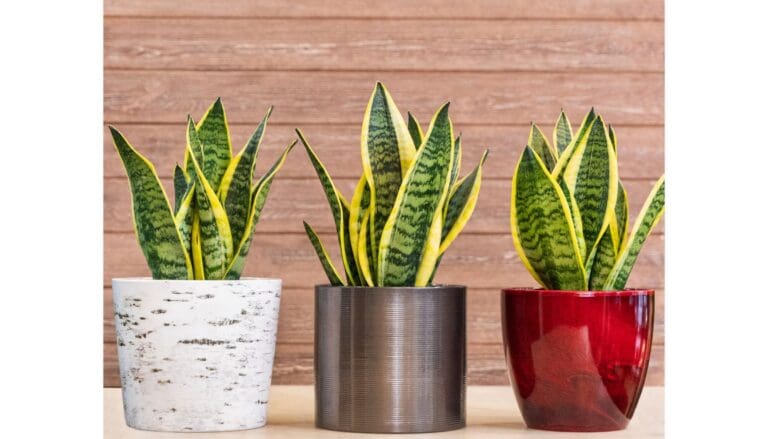
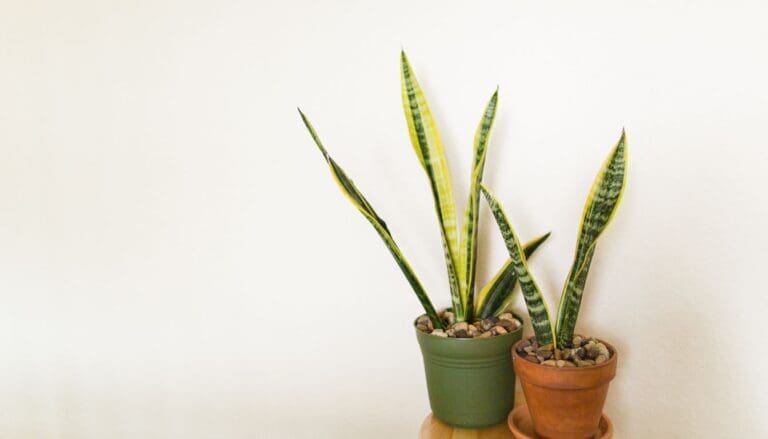

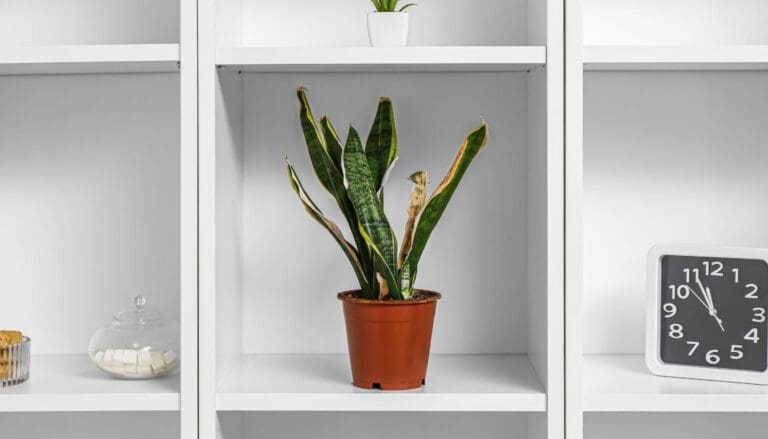
Thank you!
When is it time to replant into a new pot?
Hi Bonnie,
It’s time to repot your snake plant when you see roots poking out of the drainage holes or the growth seems to have slowed down significantly. Typically, every 2-3 years is a good interval. Choose a new pot that’s just a couple of inches larger in diameter than the current one to give it some room to grow without overwhelming it.
Happy repotting! 🌱🪴
Why are some stalks on my snake plant yellow? They seem hardy but are yellow.
Hi Julie,
Yellow stalks in a snake plant can be a sign of overwatering or poor drainage. Make sure the soil is drying out between waterings and that your pot has good drainage holes. Cut back on the water, and remove any yellow or mushy stalks to prevent potential spread of rot. With these adjustments, your snake plant should get back to its hardy, green self!
Cheers to a vibrant snake plant! 🌿💛